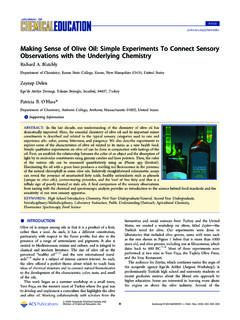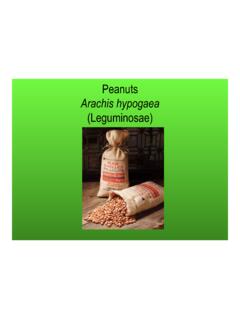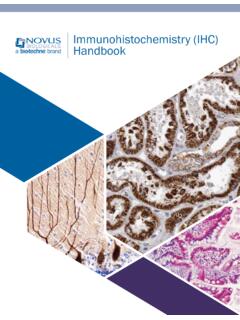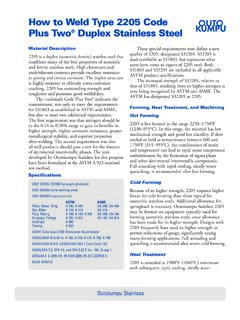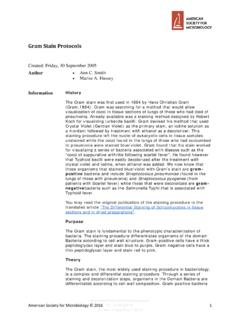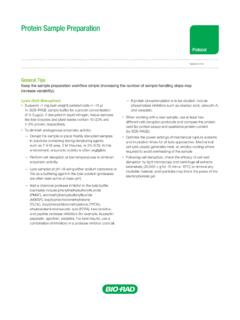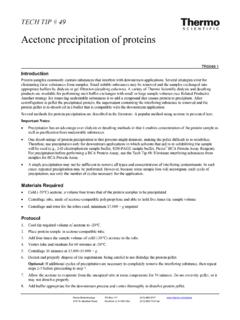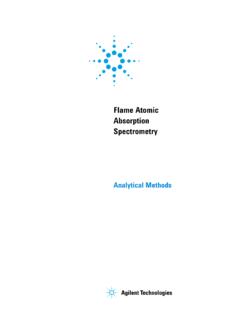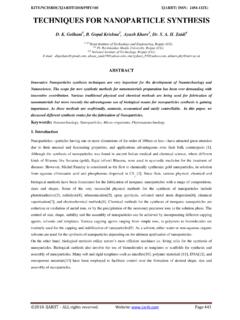Transcription of Experiment 7 — Nucleophilic Substitution
1 Chem 21 Fall 2009 1 Experiment 7 Nucleophilic Substitution _____ Pre-lab preparation (1) Textbook Ch 8 covers the SN2 and SN1 mechanisms. Read/review as necessary. (2) Write the SN2 reaction of 1-bromobutane with NaI. Illustrate the electron flow with curved arrows. Since this is a one-step reaction, you've just written the mechanism. (3) Write a balanced equation representing the SN1 solvolysis of tert-butyl bromide in ethanol. The product is t-Bu O Et. Write the reaction mechanism. (Refer to the introduction below or the text if we haven't gotten to this mechanism in class before your lab.)
2 (4) Draw the structures of all the organo-halides you will be using in this lab. Don't bother looking up physical properties of these. (5) You should, however, know the boiling points of the two solvents you'll be using. (6) We'll be using two different solutions NaI in acetone for SN2 reactions, and AgNO3 in ethanol for SN1 reactions. Briefly explain why (a) the SN1 reaction pathway is disfavored with NaI/ acetone , and (b) why the SN2 pathway is disfavored with AgNO3/EtOH. Nucleophilic Substitution is one of the most useful and well studied class of organic reactions.
3 These reactions can occur by a range of mechanisms. SN2 and SN1 are the extremes. The SN2 reaction occurs in a single step. The nucleophile enters as the leaving group usually a halide ion departs. The reaction displays second-order kinetics; its rate is proportional to the concentration of the organo-halide and the nucleophile. In the SN1 reaction loss of the leaving group occurs first to generate a carbocation intermediate. The carbocation then captures a nucleophile, often the solvent (followed by proton transfer to produce the final neutral product).
4 In this case the reaction is called a solvolysis. Because the first step is rate-determining, the SN1 reaction displays first-order kinetics; its rate depends only on the concentration of the organo-halide. It will be easier to remember which label goes with which mechanism if you associate the "1" in SN1 with carbocation rather than with the kinetic order of the reaction. (Perhaps this should be called SNCarbocat or SNC+.) Experiment 7 Fall 2009 2 Which mechanism occurs under a certain set of conditions and how fast it occurs depend on a variety of factors.
5 The structure of the organo-halide, the leaving group, the nucleophile, and the solvent can all play a role. The object of this Experiment is to learn how variations in organo-halide structure affects the rates of SN1 and SN2 reactions. Quantitatively measuring reaction rates involves monitoring the rate of change of the concentrations of reactant(s) and/or product(s) during a reaction. In this Experiment we will determine reaction rates qualitatively by measuring the time required for a visible change to occur formation of a precipitate.
6 An assortment of alkyl, alkenyl, and aromatic chlorides and bromides will be available. To encourage an SN2 reaction mechanism you will use a solution of NaI in acetone . Iodide is a good nucleophile, and if it displaces bromide or chloride, NaBr or NaCl will precipitate (these are much less soluble in acetone than NaI). To encourage an SN1 reaction mechanism you will use a solution of AgNO3 in ethanol. Ethanol is a polar protic solvent and can promote ionization of certain organo-halides. If halide ion is released a precipitate of AgCl or AgBr will form.
7 Procedure. In the lab you will find 1-bromobutane, 2-bromobutane (aka sec-butyl bromide), tert-butyl bromide, allyl bromide, allyl chloride, benzyl chloride, and bromobenzene. Note that the allyl and benzyl halides are powerful lachrymators and should be tested in the hoods only. You will also find 1M NaI/ acetone and 2% AgNO3/EtOH. Note that silver nitrate is poisonous. It is caustic and irritating to skin and will turn it brown. Be sure to wear gloves when handling AgNO3 solutions. The tests are performed by adding 2 drops of organo-halide to a small, dry, clean, dry test tube.
8 Add about 1 ml of NaI/ acetone or 1 ml AgNO3/EtOH, and record the time required for precipitate to form. Keep in mind that our goal is to make semi-quantitative comparisons of rxn rates for a series of organo-halides, so running them all at the same time is not only more efficient, but will let you see the relative reactivities more clearly. Cloudiness may be the onset of precipitation (but a color change alone is not relevant). If no precipitate has formed after Experiment 7 Fall 2009 3 about 3 minutes, warm the tube(s) to 40-50 C and record the time required for precipitation.
9 If no reaction is visible after about 10 min, give up we'll call that unreactive. On the other hand, if you want to compare reactions that appear to be instantaneous at room temperature, you'll need to slow these down to detect a difference in rates. Lowering the temperature is probably the first thing to try. (What else might you do to slow down an SN2 reaction? What about an SN1?) SN2 reactions. (1) Begin by examining the bromides under SN2 conditions. Make a table in your notebook that shows the structures of the organo-bromides in the first column.
10 In the next column, first predict the relative reactivities which should react fastest, next fastest, etc. Don't mess around here, just do your best based on your current understanding and move on to the experiments. The third column of the table is for the observed time required for precipitate formation. Add the data from any higher temperature experiments you needed to do, and repeat at lower temp as necessary. If there's a discrepancy between your predictions and your observations, discuss this with your partner and see if you can figure out the reason.
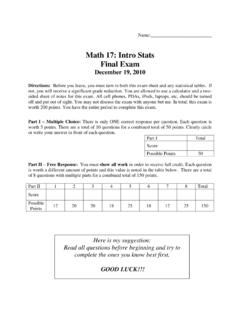
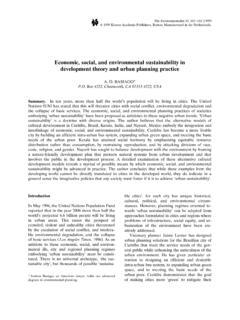

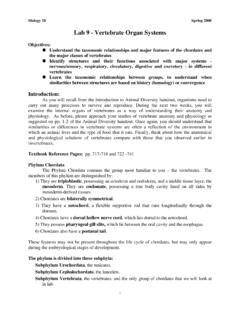
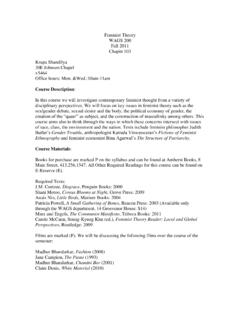
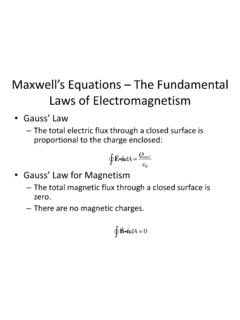
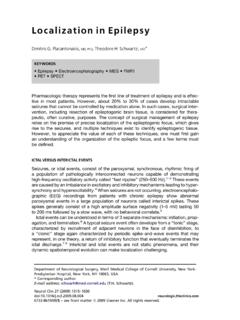
![[Fill-in-the-blank] tests measure and multiple choice ...](/cache/preview/5/e/e/9/b/f/1/7/thumb-5ee9bf17e1539b3a63fea89d05cad259.jpg)
